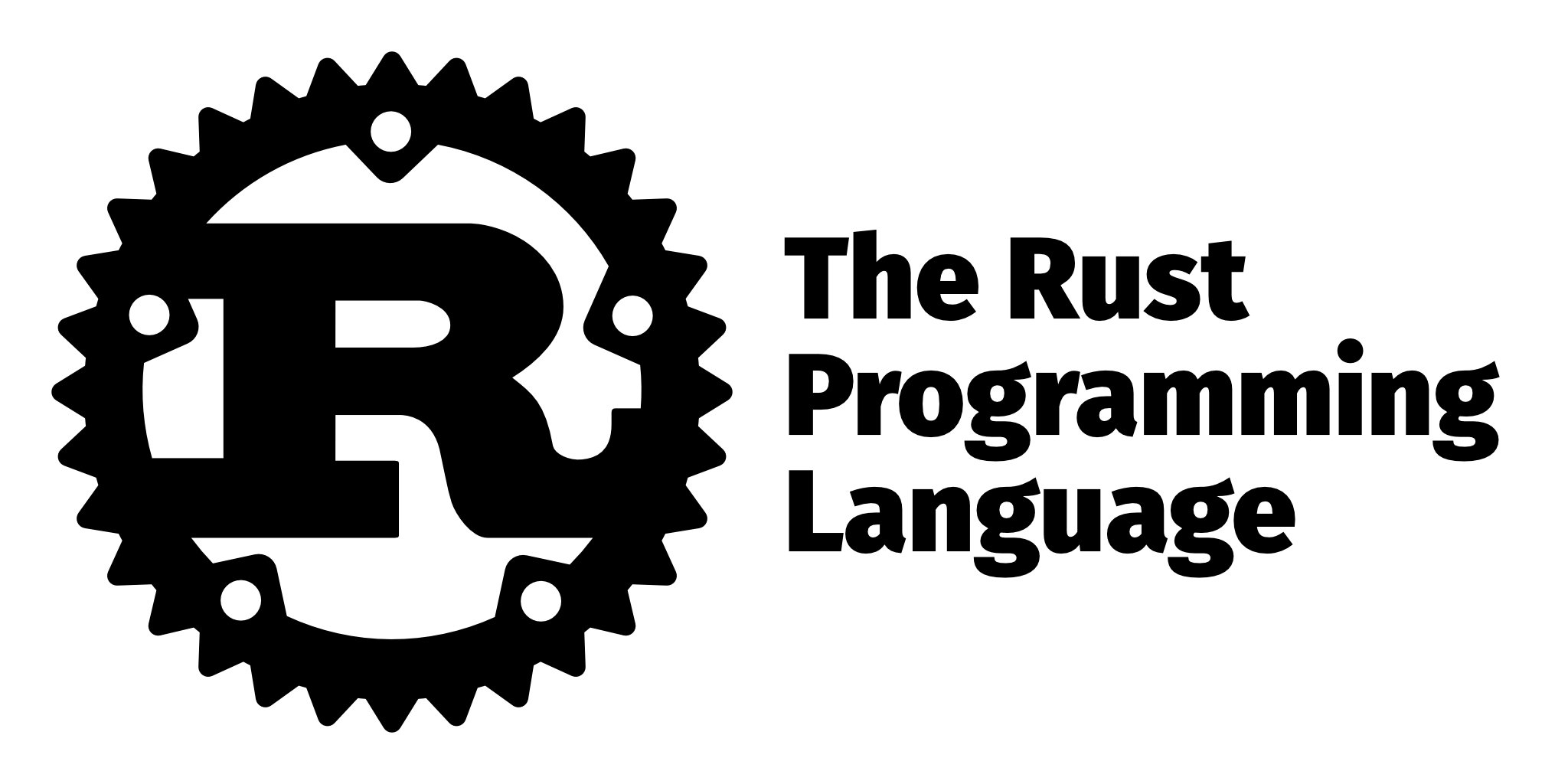Python GUI Development with Qt5: Building Modern and Intuitive User Interfaces
Python is a versatile and powerful programming language that allows developers to build a wide range of applications. When it comes to creating graphical user interfaces (GUIs), Python offers several options, and one of the most popular choices is Qt5. Qt5 is a cross-platform application framework known for its flexibility, rich set of widgets, and modern UI design. In this blog post, we will explore how to create GUI applications with Python and Qt5, enabling you to build modern and visually appealing user interfaces.
Understanding Qt5
Qt5 is a comprehensive framework that provides tools and libraries for developing applications with cross-platform compatibility. It offers a wide range of features, including a powerful set of widgets, layout management, event handling, and support for multimedia, networking, and more. Qt5 follows the Model-View-Controller (MVC) architectural pattern, which promotes separation of concerns and allows for modular development.
Installing Qt5 for Python
To get started with Qt5 development in Python, you need to install the necessary libraries. PyQt5 and PySide2 are two popular Python bindings for Qt5. You can install them using package managers like pip. These bindings provide Python interfaces to the Qt5 framework, allowing you to leverage its functionality within your Python code.
Building User Interfaces with Qt Designer
Qt Designer is a visual tool that comes bundled with Qt5, allowing you to design and create GUI layouts using a drag-and-drop interface. With Qt Designer, you can easily arrange widgets, set properties, and define the overall structure of your user interface. It generates an XML file (usually with a .ui extension) that describes the UI design, which can be converted into Python code for integration with your application.
Integrating Qt5 in Python Code
Once you have designed your GUI in Qt Designer, you can convert the .ui file into Python code using the PyQt5 or PySide2 tools. This generated code can be imported into your Python application, where you can connect signals and slots, define event handlers, and customize the behavior of your GUI. Qt5 provides a comprehensive set of widgets, such as buttons, labels, text inputs, and tables, which you can use to build the desired functionality.
Styling and Customization
Qt5 offers extensive support for customizing the look and feel of your GUI applications. It provides Cascading Style Sheets (CSS) for styling widgets, allowing you to change colors, fonts, margins, and more. You can also create custom widget subclasses and define your own styles to achieve a unique and personalized UI design.
Deployment and Distribution
Qt5 provides tools for packaging and distributing your Python GUI applications across different platforms. You can use tools like pyinstaller or py2exe to create standalone executables that include all the necessary dependencies. Qt5’s cross-platform capabilities ensure that your application will run consistently on various operating systems without requiring major modifications.
Qt5’s Signal and Slot Mechanism
Qt5 introduces a powerful mechanism called signals and slots, which facilitates communication between different components of your GUI application. Signals are emitted when specific events occur, such as a button click, and slots are functions that respond to these signals. This mechanism simplifies event handling and allows for seamless interaction between different parts of your application.
Internationalization and Localization
Qt5 provides built-in support for internationalization and localization, making it easier to create applications that can be translated into multiple languages. With Qt Linguist, you can extract translatable strings from your application and create language-specific translation files. This feature is crucial for developing applications with a global reach.
Multimedia and Graphics
Qt5 includes modules for multimedia and graphics, allowing you to incorporate audio, video, and visual effects into your GUI applications. The Qt Multimedia module provides classes for playing audio and video files, while the Qt Graphics View framework enables the creation of interactive and animated graphics.
Choosing the Right Python GUI Framework: A Comparison of wxPython and Tkinter
Qt5’s QML and Qt Quick
Qt5 introduces a declarative language called QML (Qt Meta-Object Language) and a framework called Qt Quick for rapid GUI development. With QML, you can define your GUI using a markup language that is both human-readable and efficient. Qt Quick enables the creation of fluid and dynamic user interfaces, making it ideal for building modern and visually appealing applications.
Community and Documentation
Qt5 has a vibrant and supportive community with active forums, mailing lists, and online resources. The Qt Project website provides comprehensive documentation, tutorials, and examples to help you get started and explore the various features and capabilities of Qt5.
Integration with Other Python Libraries
Python has a vast ecosystem of libraries and frameworks. Qt5 integrates well with other Python libraries, allowing you to combine the power of Qt5 with specialized functionalities offered by different libraries. Whether you need to incorporate data visualization, scientific computing, or machine learning capabilities into your GUI application, Python’s extensive library ecosystem has you covered.
Industry Adoption and Longevity
Qt5 has been widely adopted by industries ranging from automotive and aerospace to medical and entertainment. Its cross-platform capabilities, performance, and modern UI design have made it a popular choice for building professional applications. Qt5 has a long history and is actively maintained and updated, ensuring that your applications will remain compatible and supported in the long term.
Building modern GUI applications with Python and Qt5 opens up a world of possibilities. The combination of Python’s simplicity and Qt5’s flexibility allows developers to create visually appealing, feature-rich, and cross-platform applications. Whether you’re developing desktop applications, mobile apps, or embedded systems, Python with Qt5 provides a solid foundation for building modern GUIs. So, harness the power of Python and Qt5 to bring your ideas to life and create impressive user interfaces for your applications.











